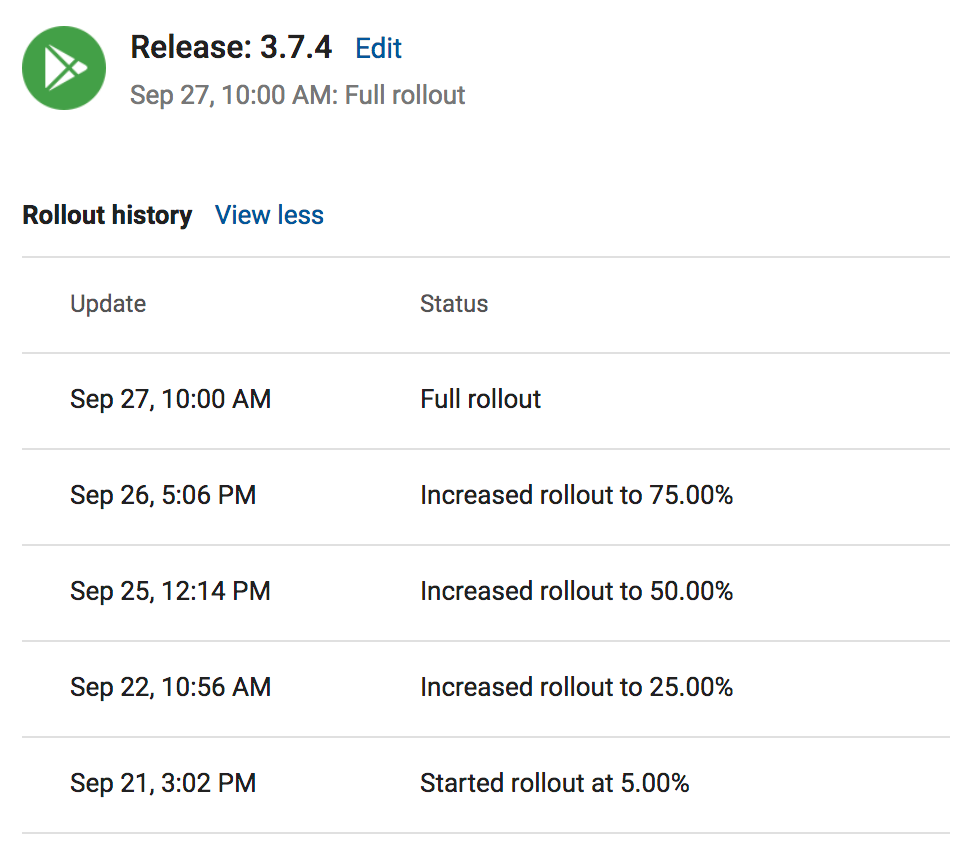

Use FreeTube?


Use FreeTube?


Q: Why do I have to enable Google Password Manager as an additional provider in order to make it work on Android?
I didn’t know this app existed. Anyway, the project was discontinued.
That’s true, all devices are hackable, there’s no 100% protection.
No tool is perfect, but if that’s a security improvement, it might be worth enabling.
I know of at least one instance where lockdown mode protected a user from NSO spyware.
A Citizen Lab’s research confirmed it:
For a brief period, targets that had enabled iOS 16’s Lockdown Mode feature received real-time warnings when PWNYOURHOME exploitation was attempted against their devices. Although NSO Group may have later devised a workaround for this real-time warning, we have not seen PWNYOURHOME successfully used against any devices on which Lockdown Mode is enabled.
It is encouraging to see that Apple’s Lockdown Mode notified targets of in-the-wild attacks. While any one security measure is unlikely to blunt all targeted spyware attacks, and security is a multi-faceted problem, we believe this case highlights the value of enabling this feature for high-risk users that may be targeted because of who they are or what they do.
Can any of them prevent a Pegasus-style attack?
If I understand correctly, Apple does it by disabling common attack vectors, remote fonts for example.


All internet connections into and out of your Linux device will now be blocked unless a VPN connection to a Proton VPN server is active.
If I understand correctly, before version 4.2.0 (that includes the Advanced setting), the kill switch wasn’t active until you opened the ProtonVPN program. So if you restarted you PC, it was connecting to the internet without going through the VPN tunnel, so your traffic was somewhat exposed.
Now, with the new permanent kill switch, there’s no internet access without running ProtonVPN.


The update seems to be bugged. I tried to upgrade version 0.0.57 to 0.0.58, and it seems like nothing have changed. I’m still on 0.0.57 after a “successful” install.


I support the idea of the use of Monero as digital cash. So obviously I’m against the attempt to ban Bitcoin and other cryptocurrencies.
English isn’t my native language, but I find that your description of the Israel-Hamas situation is misleading. In the same article that you cite, it clearly says that Hamas received money from the Qatari government, that’s where the suitcases full of cash came from. It was not Israeli money nor US tax payers’ money. The ones funding terror are Qatar and Iran.


If you’re willing to share, have you tried the service yet? If so, did you get what you wanted? How was the user experience?


Good to know. Thank you for your answers!


Cool.
And what about identifiable and personal information? Such as physical address, phone number, full name etc? Is there any requirement to provide it to you or them?


When you say there’s no KYC, does it mean that you don’t require it or that both you and the card provider don’t require KYC?


Yes, I’ve never used it with Coinbase. I don’t live in the US, and I don’t think Coinbase is even available in my country.


Moon/PayWithMoon was way better, convince me otherwise.


Additionally, if you share your account with other people and haven’t enabled two-factor authentication, you may not want to join the Sentinel program, as it will increase your chance of being challenged during logins.
I wonder, so why not just force Sentinel program users to enable 2FA?


If an app on one device connects to an app on another via Veilid, it shouldn’t be possible for either client to know the other’s IP address or location from that connectivity, which is good for privacy, for instance. The app makers can’t get that info, either.
Is that considered a new thing? I don’t think I’ve ever encountered a P2P service/protocol that also masks IP addresses.


When you hide read posts, are my own posts hidden? Is there a distinction between read posts on my feed versus read posts on a specific community page? Or maybe it just hides everything?


No, at least not on Android.
I understand what you said. I’m saying that most of the time, what happens is actually the opposite of what you said.
and it keeps on asking me to update proton mail to 3.0.16, and this version is not on the play store.
Version 3.0.16 has been on the Play Store for quite some time, I’ve got it updated through Aurora Store. Since July 25th to be precise. So it took them about 17 days to publish it to GitHub, after pushing it to Play Store.
The Play Store doesn’t always push an update at the same time to all users. So instead, they have a Staged Rollout. Here’s an example from this article, it’s not related specifically to Proton.

I miss the random server option.